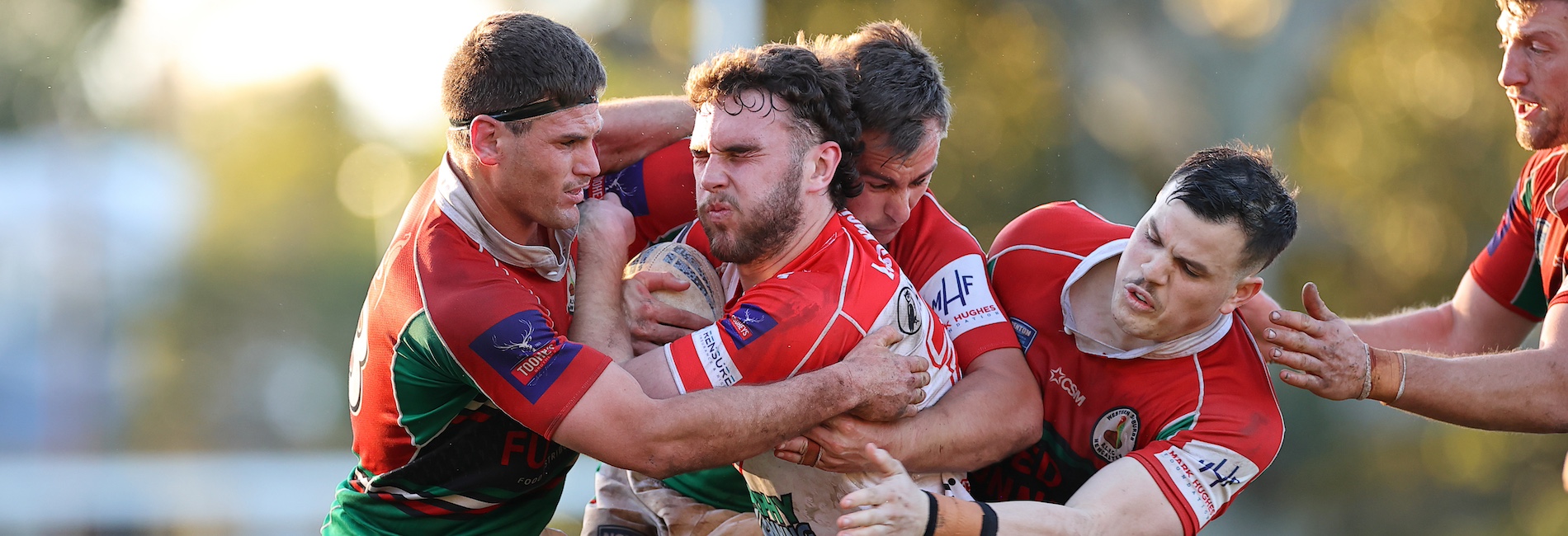West Rosellas History
The Western Suburbs R.L.F.C. known as the Rosellas, were one of the four inaugural clubs in the Newcastle Rugby League competition that commenced in 1910.
West have won the Newcastle Premiership on 23 occassions, tasting our last success in 2019. The club has also won the Club Championship trophy 40 times since 1961, our latest win being this year, 2019. West are a proud club with humble beginnings.
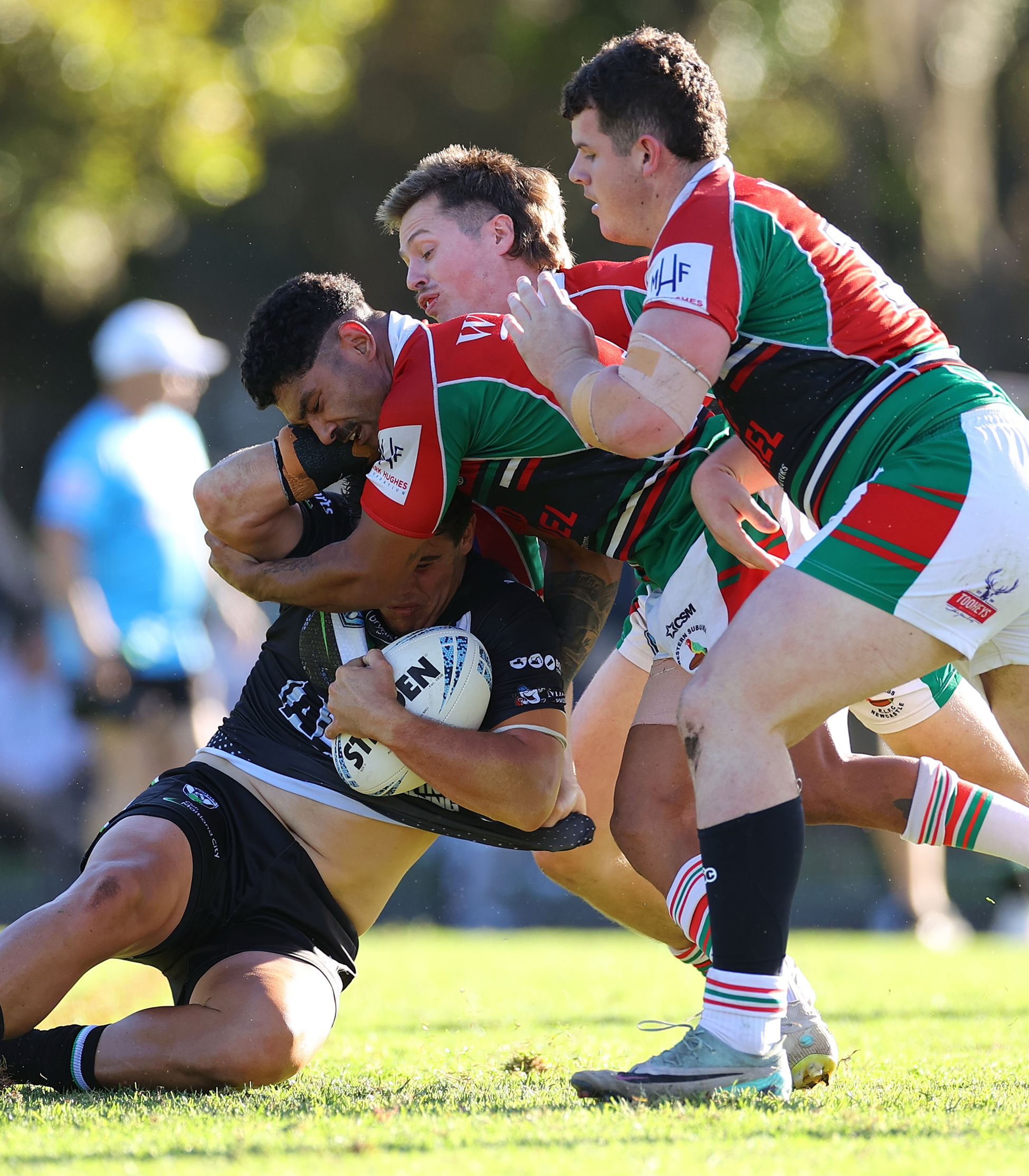
Our History
Western Suburbs, together with South Newcastle, Central Newcastle and North Newcastle, were the 4 inaugural teams in the Newcastle Rugby League Competition that commence on the 14th May 1910. These 4 clubs played for the Potter Shield.
West Suburbs Rugby League Club was formed mainly by players from Lambton Rugby Union Club (theMaroons), and New Lambton Rugby Union Club (the Greens) and many players came from the coal mines in the “Pit Paddock” on the border between Lambton and New Lambton where the high quality “Lambton” coal was mined. The players were dissatisfied with Rugby Union, hence West Rugby League Club was formed, and played in the colours of Red and Green – the red from Lambton Rugby Club and the green from New Lambton Rugby Club.
The foundation meeting of the club was held at Smiths Pub in Lambton (now the “Snake Gully”). Bill Balks was elected as President, Tom Shiner as Secretary and Bill Phillips as Treasurer.
West’s first game on the 14th May 1910 was against South, with the final score being South 18, West 0. Ted Rees was the referee, and the 12 West players were Bradley, Bartley, Kay, Edney, Brien, Milgate, Thornton, Young, Long, Lewsam, Anderton and Thompson.
West won the Potter Shield in 1915 (West 16, North 8), in 1916 (West 10. North 8) and in 1922 West won the Cornish Shield and Kerr Cup (West 5, Central 0). Full details of these games (date, venue, referee, teams, premiership points score) can be found on the West website – www.westrosellas.com.au.
In 1926 there was upheaval in the Western Suburbs camp by the players who lived at Waratah. Thus all the Waratah players departed West in 1927 to play with the newly formed Waratah club.
1926 was not a good year for West, and in 1927 a new approach was needed. Indeed, the new approach meant “new colours” – Black and Gold. Black and Gold were chosen because they were the colours of the Regent Bower Bird that was prevalent in the area at the time. The colours of New Lambton Public School were, and still are, Black and Gold, after the Regent Bower Bird. Regent Park and Regent Street are still in New Lambton.
However, the change of colours did not mean a successful year, and from 1928 onwards West have played in Red and Green as the Western Suburbs Rosellas – well almost every year. During the war years jerseys were hard to come by – you took what you could get. Thus in 1945 West played in maroon with a blue V, and in 1946 they played in maroon with a green V.
West remained the easybeats for many years, and it took 39 years for West to again win a First Grade Premiership when West, under player coach Rex Elvin, beat Waratah 10 – 9 in the 1961 Grand Final.
Further successes have occurred regularly since then. In 1966 West 31 def Cessnock 7, in 1970 West 21 def Maitland 14, in 1978 West 23 def South 16, in 1980 West 17 def Cessnock 3, in 1981 West 13 def Cessnock 2, in 1982 West 21 def Kurri 14, in 1984 West 10 def Lakes 2, in 1992 West 33 def Lakes 0,in 1997 West 26 def Lakes 16, in 1998 West 51 def South 14, in 1999 West 22 def Cessnock 18, in 2002 West 27 def Lakes 16, in 2004 West 32 def Northern Blues 28, in 2008 West 12 def Cessnock 10 and in 2012 West 16 def Cessnock 14. Details of all these games are also on the website.
16 Grand Final wins from 1961 have been tempered by 12 Grand Final losses, including 4 successive years from 1973, and 4 successive years from 1993.
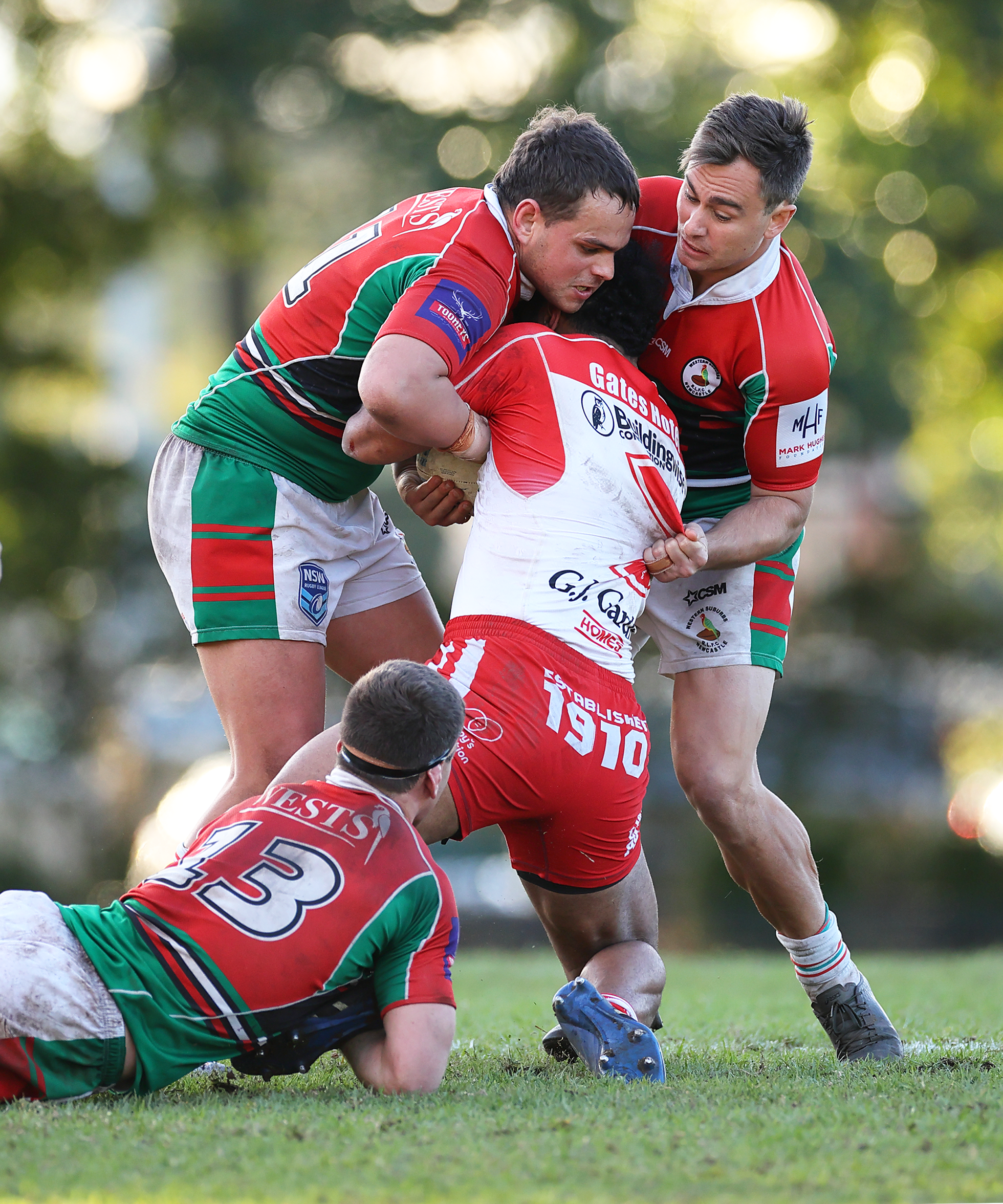
West have also enjoyed many successes in the Lower Grades and in the Club Championship

Three players have been chosen directly from West to play for Australia – Allan Buman, John Cootes and Dennis Ward. Seven other players who played for West also played for Australia – Duncan Thompson, Wally Prigg, Col Maxwell, Ian Johnson, Keith Froome, Ken Maddison and John Raper.
The players who has played most games for West is Allan Dagwell (1966 – 1980). Allan played a total of 332 games, including 301 in First Grade. The leading try scorer for the club is Brett Cullen (1995 – 2004) with 230 tries. The leading goal kicker for the club is Scott Bradley (1992 – 2000) with 948 goals. Although over 130 players have played over 100 games for West, 2 Players, Greg Price (1988 – 1998) and John Hulbert (1976 – 1987) played over 100 games in First Grade and 100 games in Reserve Grade.
West Officials are also listed on the website. (www.westrosellas.com.au) Long Serving Presidents include Harry Harding (18 years from 1958) and current President Wayne Hore (22 years from 1990). The longest serving Secretary was West Legend Glen Maloney (23 years from 1953). The longest serving Treasurer was Jack Bell (43 years from 1951). The longest serving First Grade Coachs, 4 years, are John Hobby (from 1966), Neil Baker (from 1991) and Tony Price (from 1996). Comprehensive playing records of all West players from 1951 to 2008 are on this website. Additionally. all details of First Grade Grand Final wins, and further information about lower grades and club officials are also on the website
This information will be added to from time to time, but we acknowledge excerpts from “The Saga of the Western Men” by Bob Power (1966), the extensive records held by Kerry Clarke and the countless hours notating these records by West Officials over the past decades.
The Story of Harker Oval
Harker Memorial Oval was previously named The New Lambton Oval (a very flat ground and surrounds) when it was first opened for Rugby League and Cricket use in May 1932. The New Lambton Oval Board was formed by the New Lambton Municipal Council in 1932 to oversee the new ground. The Oval Board had 11 members, representatives of the Council, the Ratepayers, Lambton New Lambton District Cricket Cluband the Western Suburbs Rugby League Football Club. (The Harker Oval Board is still in existence today).
The New Lambton Oval Board first met on May 18 1932. A Grandstand to seat 600 people was opened on May 22 1933 and weatherboard fencing was erected to enclose the ground. The Newcastle League paid twelve and a half percent of the gate receipts to the Oval Board, plus the sale of season tickets went to the Oval Board.
In 1934 there was a complete renovation of the playing field, and Hobart Park (now a residential area) was hired for the football season.
In 1938 an amalgamation of Municipal Councils meant improvements by Newcastle City Council – the most notable improvement being the construction of the “hill”. The grandstand was also extended. The ground was then, and remains now, one of the most popular grounds from a spectator’s point of view on account of the playing field being so close to the spectators.
In 1954, Newcastle City Council, at the Oval Boards request, named the ground The Alfred Harker Memorial Ground, as a tribute to the late Dr Harker, who for 46 years served unselfishly the community, and was the medical officer for the Western Suburbs Rugby League Football Club.
The clock tower was erected by public subscription, with the rest of the entrance being provided by Newcastle Council.
The late Harry Harding, President of the football club, took an active role with the Oval Board, as does the current President of the football club, Wayne Hore.

The History of West Leagues Club.
The Foundation meeting of West Leagues Club was held on 14 November 1957.
The Foundation members were : H Parkinson, R Walls, J Morgan, W Curry, E Maddison, A Caunt, G Maloney, H Harding, D J Carroll, A Arnold, W Rynehart, J Harvey, A Steel, J Aitchison, W McGrath, J Bell, H M Carroll, D. Marshall, S Patrick, T Robinson, W Jukes, J Reynolds, A Proudlock, G Williams, J Allen, D Howlett and A Kentish. The Foundation committee elected at the meeting were President H Harding, Secretary G Maloney, Treasurer J Bell, Assistant Secretary J Aitchison.
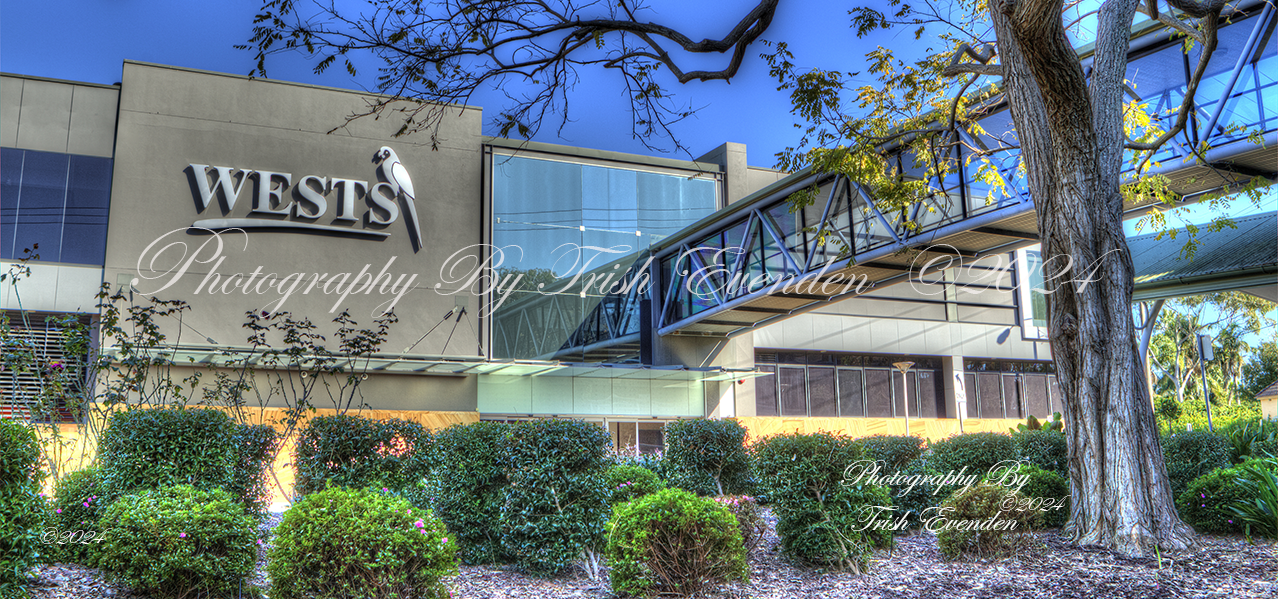
The initial committee along with L B O’Sullivan drafted rules which were adopted on 28 November 1957, at which the following seven were elected as the First Board of DirectorsPresident H Harding Hon Secretary G Maloney Treasurer J Bell Directors D Carroll, J Aitchison, J Harvey, W Jukes. A Conditional License was approved in Sydney at a special sitting of the Newcastle Licensing Court on 10 April 1959. The initial building was completed and opened for use on Saturday 24 September 1960. A new members bar opened for service on Tuesday 4 February 1964. A temporary mixed lounge and bar service opened in March 1964. The new billiard room and recreation room, with showers and toilets, opened on Friday 5 March 1965 and from little things, big things grow!
The Wests Group now operates
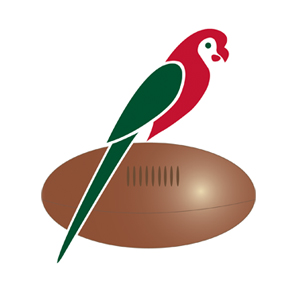
Western Suburbs (N’Cle) Leagues Club

Wests Mayfield

Wests Cardiff

Nelson Bay Diggers

Wests Bowling Club (New Lambton)

Balance Health Clubs New Lambton

Balance Health Clubs Mayfield

Balance Health Clubs Nelson Bay

Balance Health Clubs Newcastle City

the Executive Inn at New Lambton

the Gateway Inn at Mayfield

